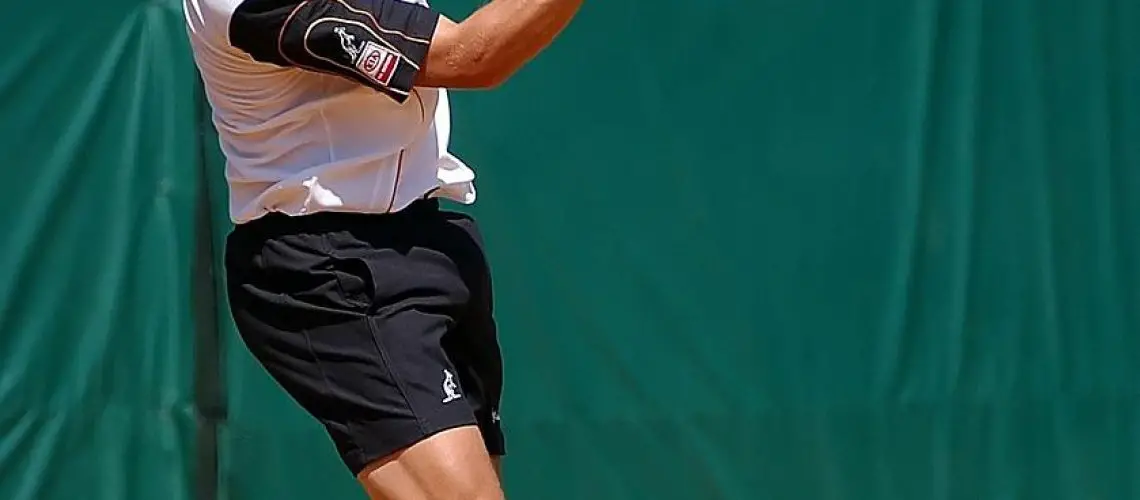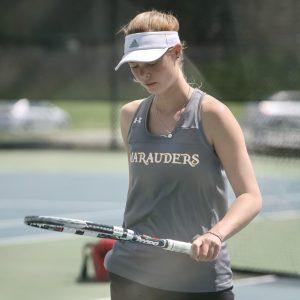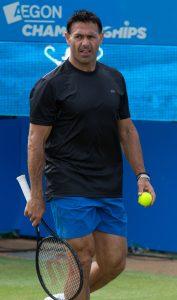We may earn money or products from the companies mentioned in this post.
Introduction
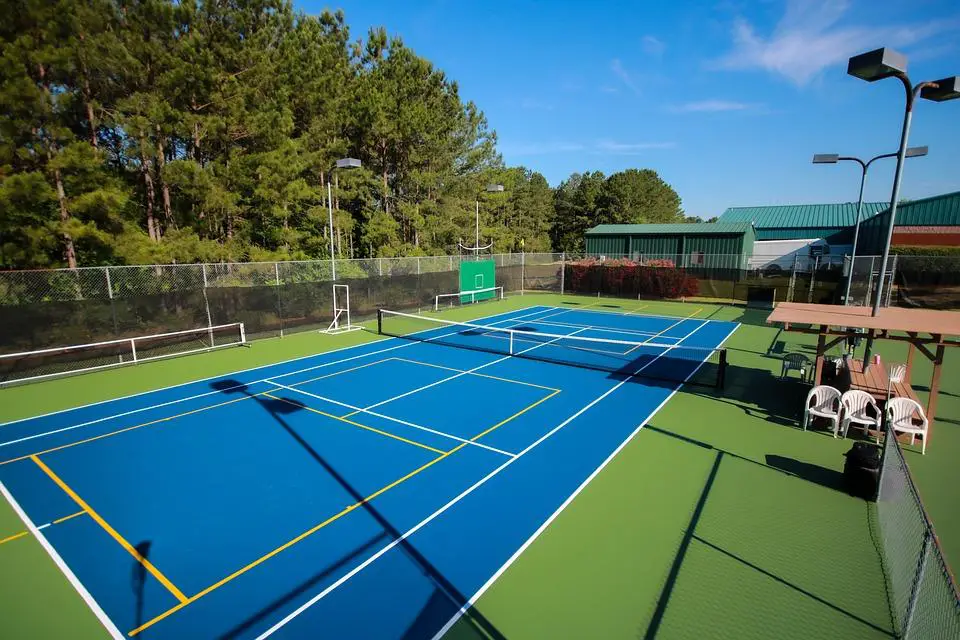
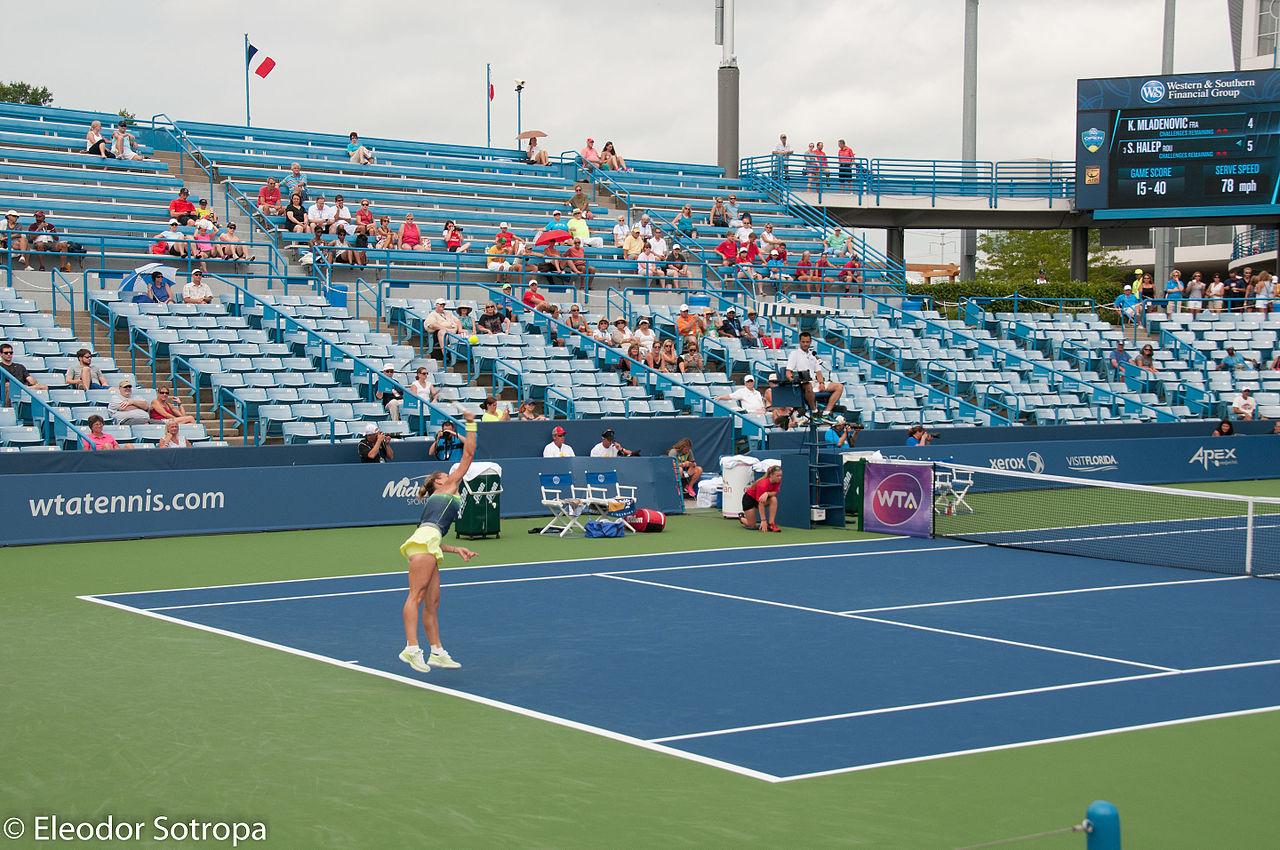
When it comes to tennis, understanding the scoring system is key to fully enjoying the game The scoreboard tells a story of intense rallies, strategic plays, and thrilling comebacks However, many people find themselves confused by the seemingly complex numbers and terms displayed on the court
The Importance of Understanding the Scoreboard
Accurately reading a tennis scoreboard allows spectators to follow the match closely and appreciate the players’ performances It provides valuable insights into who is winning, how close the set or match is, and whether there’s potential for a comeback By understanding the scoring system, you can truly immerse yourself in the excitement of each point
It’s not uncommon for newcomers to be puzzled by tennis scores initially Terms like “love,” “deuce,” and “advantage” can seem confusing at first glance However, with a little knowledge and practice, deciphering these scores becomes second nature
The Objective of This Blog Post
In this blog post, our objective is to equip readers with all they need to know about reading a tennis scoreboard accurately We’ll break down each element of the scoring system and explain its significance By the end of this article, you’ll have a solid grasp on how to interpret any tennis match score you encounter
Basics of Tennis Scoring System

Points system
In tennis, the scoring system may seem a bit puzzling at first, but once you grasp the basics, it becomes an exciting part of the game The point system consists of four values: 0, 15, 30, and 40 When a player wins a point, their score progresses from 0 to 15, then to 30 and finally to 40
The progression seems straightforward enough until we come across a tie at 40-40 This is known as “deuce,” where both players need to win two consecutive points to secure the game Once in deuce, the next point won by a player gives them the “advantage” If they win the subsequent point as well, they win that game; otherwise, it goes back to deuce
Games and sets structure
Tennis matches are divided into games and sets In singles matches, players need to win six games to secure a set However, if there is a tie at five games each (5-5), players continue until one player wins two consecutive games or reaches seven games (7-5).
In doubles matches, with two teams competing against each other, they follow similar rules but have slight variations Each team needs to win six games to win a set with similar tiebreak rules in case of a five-game tie (5-5).
Depending on the tournament or level of play, matches can be best-of-three or best-of-five sets Best-of-three means that players need to win two sets out of three to claim victory while best-of-five requires winning three sets out of five
Tiebreak rules and how it affects the scoreboard
When a set reaches six games all (6-6) in singles or doubles, a tiebreak is used to determine the winner In a tiebreak, players take turns serving and the first player to reach seven points with a margin of at least two points wins the tiebreak and the set The score is indicated as “7-6” on the scoreboard
The tiebreak system simplifies scoring during intense moments and ensures matches do not extend indefinitely However, it’s important to note that each tournament may have specific rules regarding tiebreaks, such as requiring players to reach ten points instead of seven
Components of a Tennis Scoreboard


Tennis is a thrilling sport that captivates both players and spectators alike To keep track of the game’s progress, a tennis scoreboard plays a vital role Let’s take a closer look at the different components that make up this essential tool
Player Names and Abbreviations
At first glance, you’ll notice the player names displayed prominently on the scoreboard These names are typically abbreviated to fit within limited space For singles matches, only two names appear side by side, representing each player’s identity In doubles matches, where teamwork takes center stage, we can find four names arranged in pairs
Fun Fact:
Have you ever wondered why some players’ names are followed by numbers? It’s because certain tournaments assign unique identification numbers to participants for easier tracking and organization
Current Game Score Display
The game score display section shows us how many points each player has earned in their ongoing game Understanding this display is crucial for following the match closely
-
Server’s Points vs Receiver’s Points:
To distinguish between the server and receiver on the scoreboard, one player’s points are usually displayed on top while the other appears below This arrangement helps viewers identify who is currently serving and who is receiving
Have you ever noticed how quickly fortunes can change during a tennis match? One moment, a player may be trailing behind; the next, they could make an incredible comeback with just a few well-placed shots!
Set Scores Display
The set scores display allows us to see how many sets each player has won or lost so far in the match Sets are the larger units within a tennis match, and keeping track of their progress is crucial to understanding who holds the advantage
-
Understanding Wins/Losses in Each Set Played So Far:
The scoreboard indicates the number of sets won by each player This information helps us gauge their overall performance throughout the match For example, if Player A has won two sets while Player B has won only one, Player A currently holds the lead
Just like in life, tennis matches can be full of twists and turns The set scores display reminds us that even if a player falls behind initially, they still have a chance to rally back and claim victory!
Match Timer/Elapsed Time Since Beginning
In some professional matches or tournaments, a match timer or elapsed time since the beginning may be displayed on the scoreboard This feature helps players and spectators keep track of how long the match has been going on
Tip:
Tennis matches have no fixed duration and can vary significantly in length Some intense battles can last for hours, testing players’ physical endurance and mental fortitude
The ticking clock adds an extra layer of excitement to the game as both players strive to outwit each other while managing their energy levels effectively!
Interpreting Complex Tennis Scores
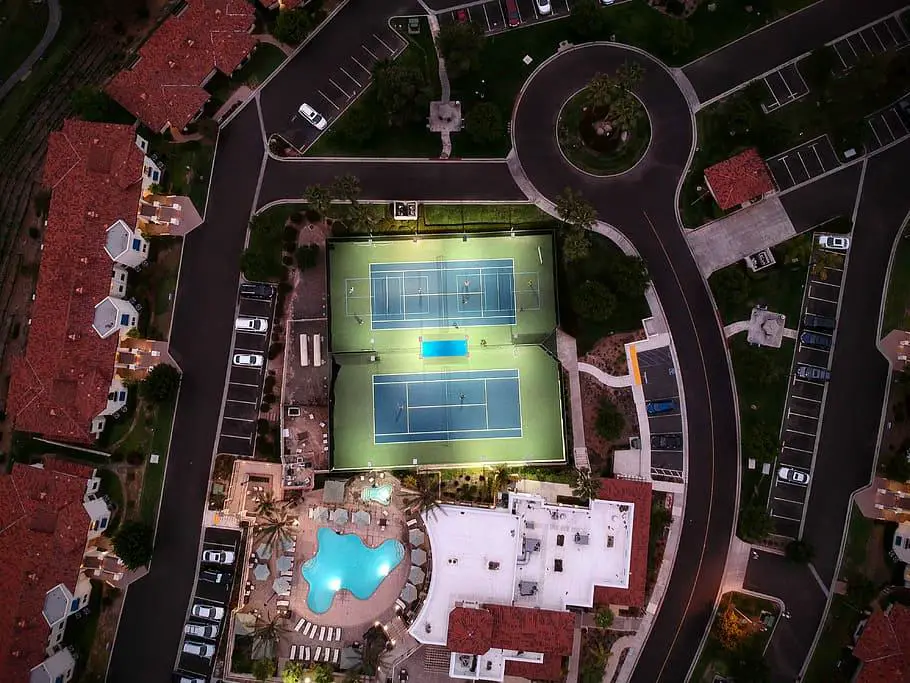
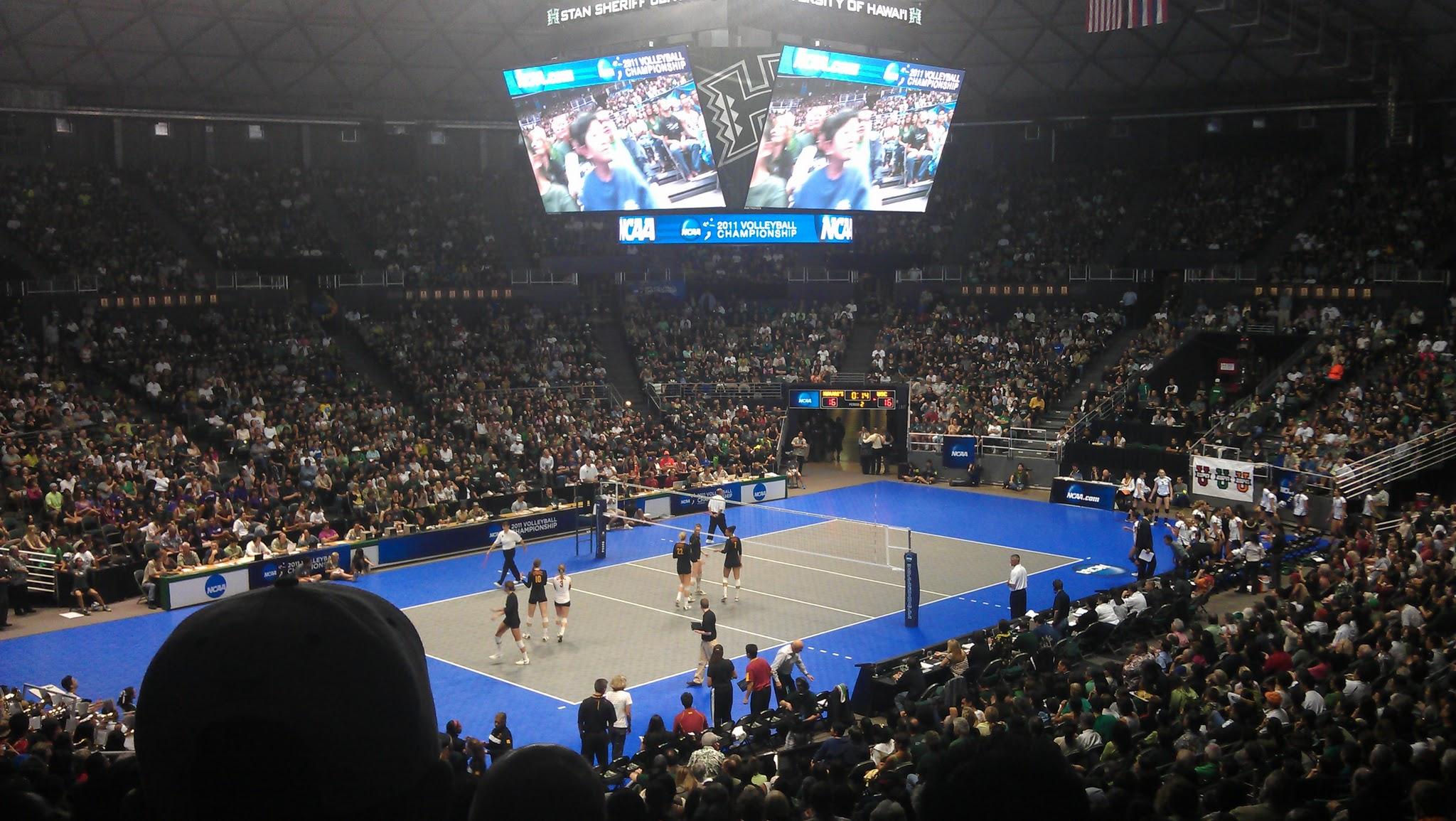
Tennis scores can sometimes be confusing, especially when it comes to complex situations like tiebreakers and deuce situations Understanding how to interpret these scores is essential for avid tennis fans and players alike In this article, we will explore various aspects of interpreting complex tennis scores and provide insights on managing tiebreak scores, reading scores in deuce situations, and recognizing completed match results
Managing Tiebreak Scores
In a closely contested match, tiebreaks often come into play To keep track of tiebreak scores, they are displayed on the board using numbers such as 7-6 or 6-4 The first number represents the score of the player serving, while the second number represents the score of the receiving player For example, if you see a score of 7-6 on the board, it means that the serving player has won seven points while the receiving player has won six points
Winning a tiebreaker game follows specific rules Typically, a player needs to win seven points with at least a two-point advantage over their opponent to win a tiebreaker game However, if both players reach six points (usually referred to as “six-all”), they continue playing until one player achieves a two-point lead and wins the game
Reading Scores in Deuce Situations
Deuce situations occur when both players have won three points each in a game To signify this situation, you may notice indicators such as “Ad In” or “Ad Out” displayed alongside the scoreboard These phrases stand for “Advantage In” and “Advantage Out,” respectively
When you see “Ad In,” it means that the serving player has an advantage and only needs to win one more point to win the game On the other hand, “Ad Out” indicates that the receiving player has an advantage and needs to win one more point to win the game
Recognizing Completed Match Results
At the end of a tennis match, it’s essential to recognize the final results correctly Identifying the winner and understanding the final score summary is crucial for keeping track of tournament progress and player standings
To determine the winner, look for indicators such as “W” or “Winner” next to a player’s name on scoreboards or result sheets Additionally, pay attention to the final score summary, which usually displays sets won by each player along with their respective scores in each set
Understanding how to interpret complex tennis scores gives you a deeper appreciation for the sport and allows you to follow matches more accurately Whether you’re watching a live match or checking out results online, being familiar with managing tiebreak scores, reading scores in deuce situations, and recognizing completed match results will enhance your overall tennis experience
Useful Links

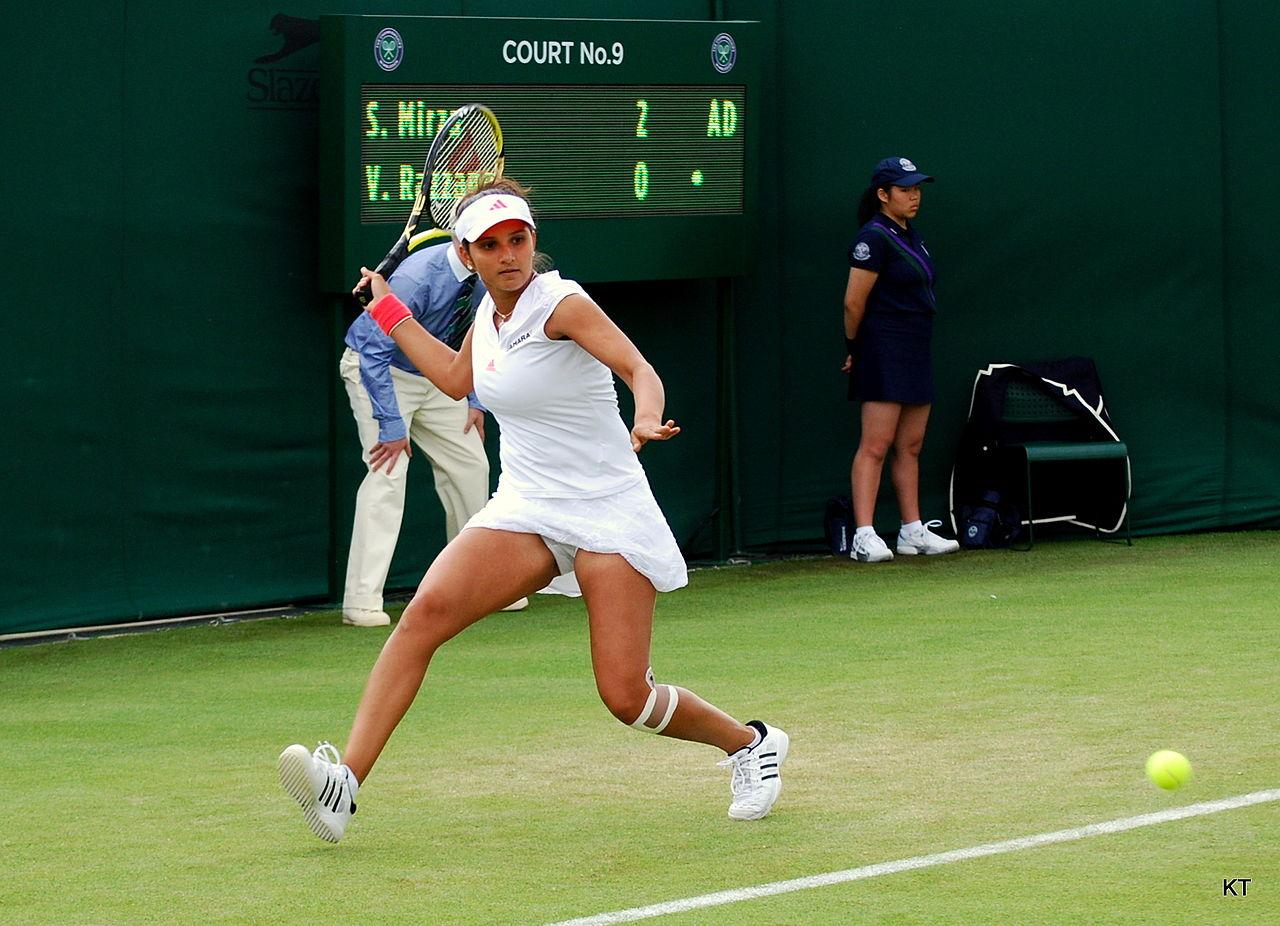
Tennis Scoring 101
Tennis Scoreboards & Scoring System Explained
Tennis Scoring Simplified | Point System + How To Keep …
Tennis scoring explained
19 how to read tennis scoreboard Quick Guide
The Tennis Scoring System
How to Keep Score in Tennis
Why is Tennis Scored the Way it is? (Tennis Scoring History)
Vermont Professional Tennis Scoreboard – Compatible …
Tennis.com | Tennis Live Scores, News, Videos, Player …
Tennis Score Tube
How to Keep Score in Tennis
ATP, WTA, Australian Open, US Open Results – Tennis
ScoreBand tennis score keeping watch review
Tennis Rules and Scoring for DraftKings Fantasy Sports
TennisBoard: Live Tennis Scores, Tennis Results & Tennis Stats
Tennis explained: Learn the game
How to Keep Score in Tennis
Introduction to Tennis Court Conversion for Pickleball
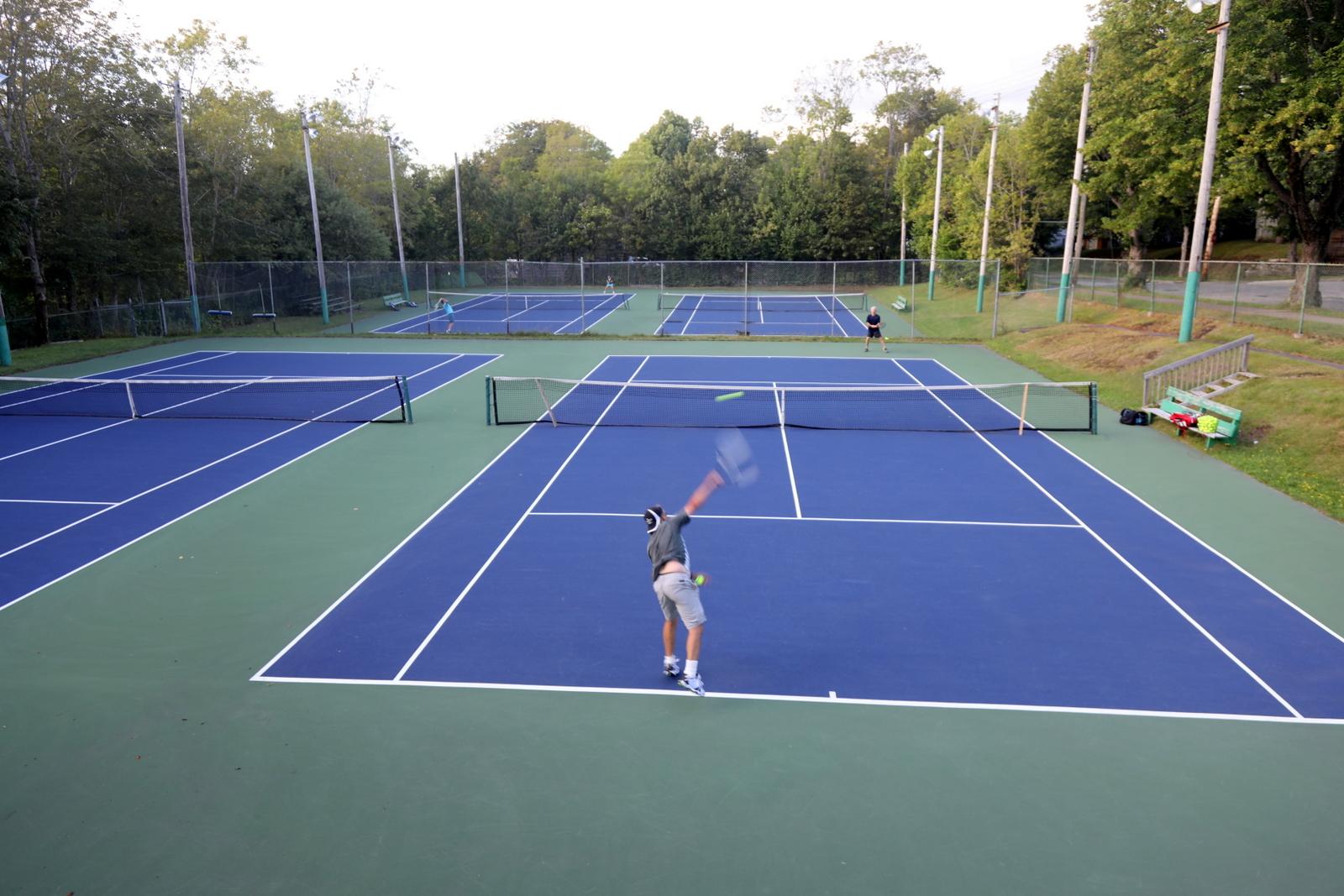
Tennis court conversion for pickleball has become a hot topic in recent years As the popularity of pickleball continues to soar, more and more people are looking for suitable courts to play this exciting sport In this blog, we will explore the ins and outs of converting tennis courts into pickleball courts, highlighting the benefits and providing practical guidance on how to effectively use a tennis court for pickleball
A Brief Overview of Pickleball and Its Growing Popularity
Pickleball is a paddle sport that combines elements of tennis, badminton, and table tennis It is played on a smaller court with a lower net using wooden or composite paddles and a plastic ball with holes The game can be enjoyed by players of all ages and skill levels, making it an inclusive sport that promotes social interaction and physical activity
In recent years, pickleball has experienced tremendous growth in popularity across the United States and around the world This surge in interest can be attributed to its easy-to-learn nature, fast-paced gameplay, and the sense of camaraderie it fosters among players As more people discover the joys of playing pickleball, there is an increasing demand for dedicated courts where enthusiasts can gather to enjoy this energetic sport
The Need for Pickleball Courts and Benefits of Using Existing Tennis Courts
Creating new dedicated pickleball courts requires significant investment in terms of time, money, and space However, many communities already have underutilized or vacant tennis courts that can be converted into multi-purpose facilities catering to both sports
Converting existing tennis courts into dual-use facilities offers several advantages Firstly, it maximizes the utilization of available resources without occupying additional land or requiring extensive construction work Secondly, it allows tennis and pickleball enthusiasts to share the same space, promoting inclusivity and providing opportunities for cross-sport interaction Lastly, repurposing tennis courts for pickleball helps meet the growing demand for dedicated pickleball facilities without sacrificing existing recreational spaces
Objective of the Blog: Effectively Using a Tennis Court for Pickleball
In this blog, our objective is to guide readers on how to effectively convert and utilize a tennis court for pickleball We will present practical tips on court dimensions, line markings, net adjustments, and other necessary modifications required to transform a traditional tennis court into a functional pickleball venue
Whether you are an avid player or someone looking to introduce pickleball in your community, this blog will provide you with valuable insights and guidelines on making the most out of existing tennis courts while catering to the needs of both sports
Assessing Tennis Court Suitability and Preparations

When considering the conversion of a tennis court for pickleball, there are several factors to evaluate in order to ensure suitability and proper preparations This includes assessing the court dimensions, surface condition, and available space
Evaluating Court Dimensions, Surface Condition, and Available Space
The first step in assessing the suitability of a tennis court for pickleball is to determine if it meets the minimum space requirements A standard pickleball court measures 20 feet wide by 44 feet long It’s crucial to verify that these dimensions can be accommodated within the existing tennis court layout
In addition to size considerations, evaluating the surface condition is essential Any cracks or uneven areas on the court may affect game play and increase the risk of injuries Therefore, it is important to address any necessary maintenance or repairs before proceeding with the conversion process
Necessary Equipment and Materials for Conversion
To convert a tennis court into a pickleball court, specific equipment and materials are required These include portable or temporary nets, posts, anchors, court lines, tape or paint options, as well as pickleballs and paddles specific to the sport
Portable or temporary nets are convenient options that can be easily set up and removed when needed They provide flexibility for converting back to a tennis court if desired Additionally, posts and anchors ensure stability during gameplay
Court lines play a crucial role in delineating boundaries for both singles and doubles play They can be applied using either tape or paint options depending on personal preferences or facility regulations
Lastly, having an adequate supply of high-quality pickleballs and appropriate paddles ensures an enjoyable playing experience while adhering to sport-specific standards
When it comes to converting a tennis court into a pickleball court, selecting the right location is crucial Consider factors such as orientation, sun exposure, wind direction, and noise concerns You want to choose a spot that offers optimal playing conditions and minimizes any potential distractions
After finding the perfect location, the next step is setting up the net system or adjusting the existing net height For pickleball play, the net should be at a specific height in the center and on the sides Depending on the type of tennis net or posts you have, there are various adjustment methods available to achieve the desired height for pickleball
Creating boundary lines on your converted court can be done using either tape or paint Proper measurement guidelines are essential to ensure accurate dimensions for both singles and doubles pickleball courts within your tennis court By following these guidelines closely, you can create professional-size courts that meet official standards
To achieve precise measurements and line placement, here are some tips to keep in mind Take your time when measuring and double-check all measurements before marking out the lines Using a long tape measure will help you create straight lines without any irregularities Additionally, consider using masking tape or stencils to ensure clean and crisp lines during painting
Converting a tennis court into a pickleball court may seem daunting at first, but by following these step-by-step instructions and considering important factors such as location selection, net setup or adjustment, and boundary line creation with accuracy in mind- you’ll be well on your way to enjoying an exciting game of pickleball!
Common Questions & Tips on Tennis Court Based Pickleball Play

Can multiple pickleball courts fit within one standard tennis court? Pros/cons
One of the most common questions regarding tennis court based pickleball play is whether multiple pickleball courts can fit within a standard tennis court The answer is yes! By utilizing the existing dimensions of a tennis court, it is possible to create multiple pickleball courts within that space However, there are pros and cons to consider
The main advantage of fitting multiple pickleball courts in one tennis court is maximizing limited space This allows more people to play simultaneously and increases the overall availability of the sport On the other hand, smaller playing areas may affect gameplay quality and require some adjustments
Strategies for maximizing space without compromising quality gameplay
To maximize space without compromising gameplay quality on a converted tennis court, it’s important to establish clear boundaries for each pickleball court Using temporary lines or tape can help designate separate playing areas, ensuring fairness and minimal interference between matches
Additionally, players should adapt their positioning and movement on the smaller courts to maintain an engaging game Quick reflexes and strategic shot placement become even more crucial in this confined setting
How to reserve/maintain portable equipment during off-hours (storage tips)
During off-hours or when not in use, it’s essential to properly store any portable equipment used for tennis court based pickleball play This includes net systems, paddles, balls, and other accessories
A storage shed or dedicated area nearby can be utilized to keep all equipment organized and protected from weather conditions Proper storage not only extends the lifespan of your equipment but also ensures that everything remains in good condition for future play sessions
How long does it take to convert back to a tennis court?
If you need to convert the pickleball courts back to a tennis court, the time required may vary depending on the extent of modifications made Generally, removing temporary lines, nets, and other pickleball-specific elements can be done relatively quickly
With proper planning and coordination, the conversion process can be completed in a matter of hours It’s important to communicate with players and schedule conversion times that minimize disruption and allow for both sports to be enjoyed by all
Tips for maintaining the multi-use court for an extended period
To maintain a multi-use court for an extended period, regular maintenance is essential This includes routine inspections of the playing surface for any cracks or damage that may need repair
Proper cleaning and sweeping will help keep the court free from debris and ensure a safe playing environment Additionally, applying a protective coating or sealant periodically can help prolong the lifespan of the court surface
Practice exercises/drills specific to pickleball on converted courts
Pickleball players who regularly play on converted tennis courts can benefit from practicing drills specifically designed for this setting These drills focus on improving footwork, agility, shot accuracy, and quick decision-making in confined spaces
For example, practicing dinking techniques near the net or engaging in fast-paced rallies that require precise ball control are great ways to enhance skills specific to playing on converted courts Incorporating these drills into your training routine will help you adapt and excel in this unique playing environment
Useful Links

How to Use a Tennis Court to Play Pickleball
How to Play Pickleball on a Tennis Court
How many pickleball courts fit on a tennis court?
Tennis to Pickleball Court Conversion Guide – Flooring Inc
Pickleball & Tennis Courts | Plano, TX – Official Website
How to transform a tennis court into a pickleball court in 2023
Tennis & Pickleball | Emerald Isle, NC
Tennis and Pickleball – Parks and Recreation
Tennis & Pickleball Courts | City of San Clemente, CA
Chalk It Up: How to Mark Courts for Pickleball
Blame, threat and clash: the war between pickleball and …
Tennis & Pickleball | Bellaire, TX – Official Website
Tennis / Pickleball Courts | University Park, TX
CAMAS PARKS AND RECREATION SHARED-USE …
Tennis and Pickleball – City of Lincoln, NE
Tennis & Pickleball | Sunriver Owners Association
Pickleball Court vs Tennis Court – The Differences
Crown Point Pickleball/Tennis Courts | Johnston, IA
Pickleball is America’s fastest-growing sport. These people …

